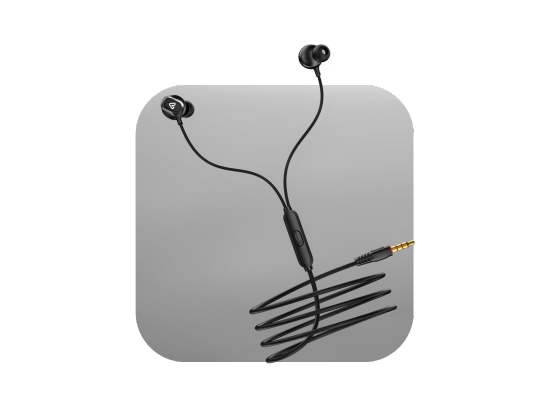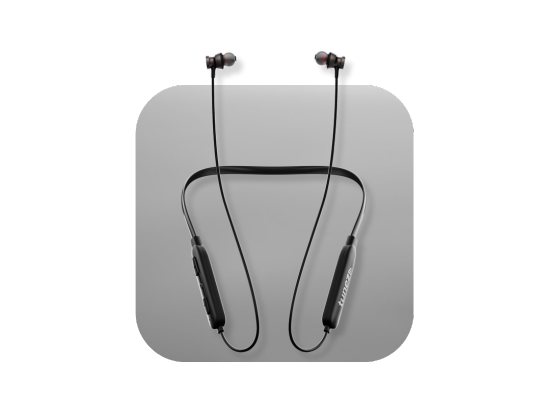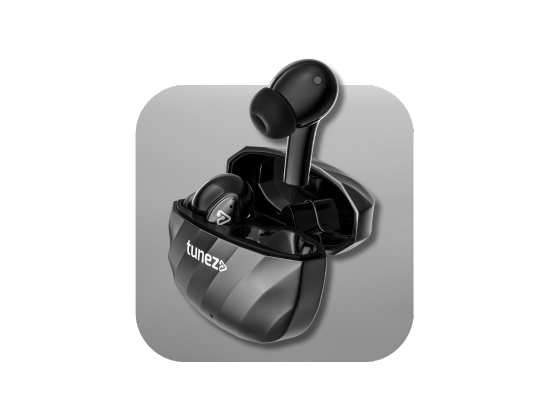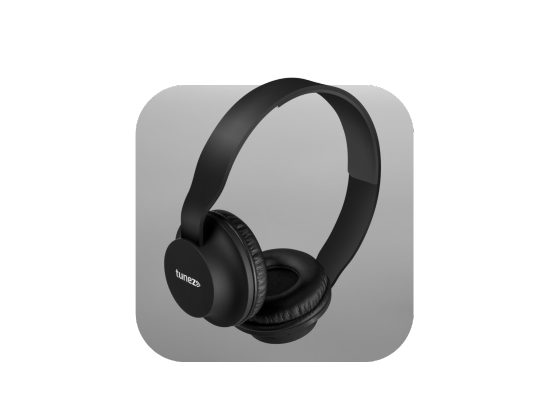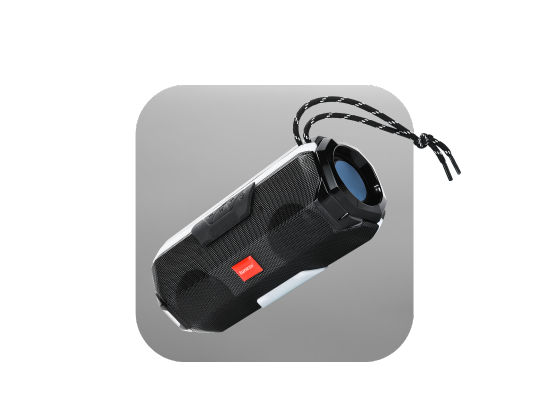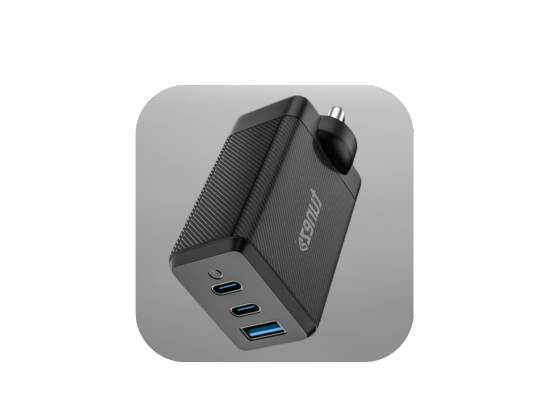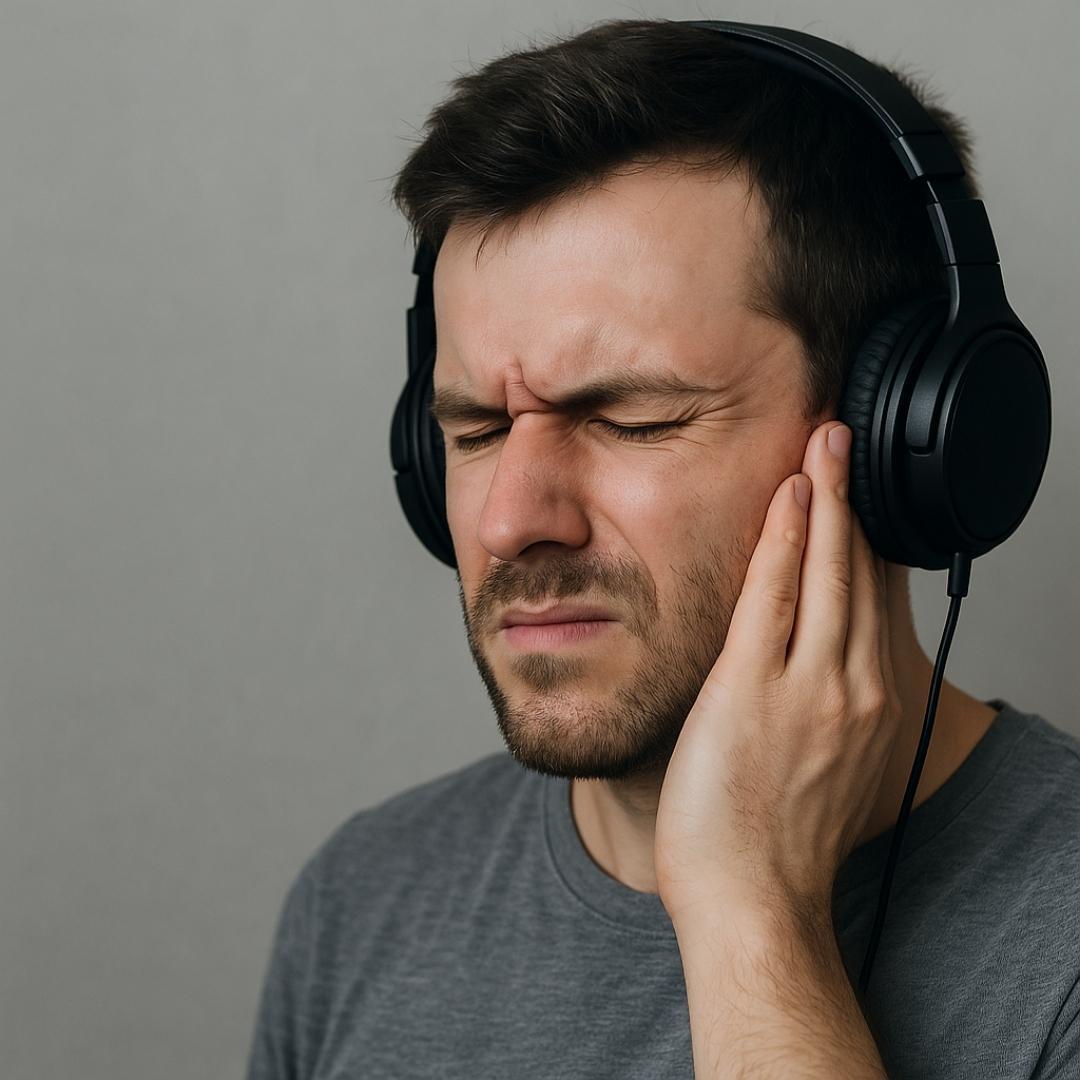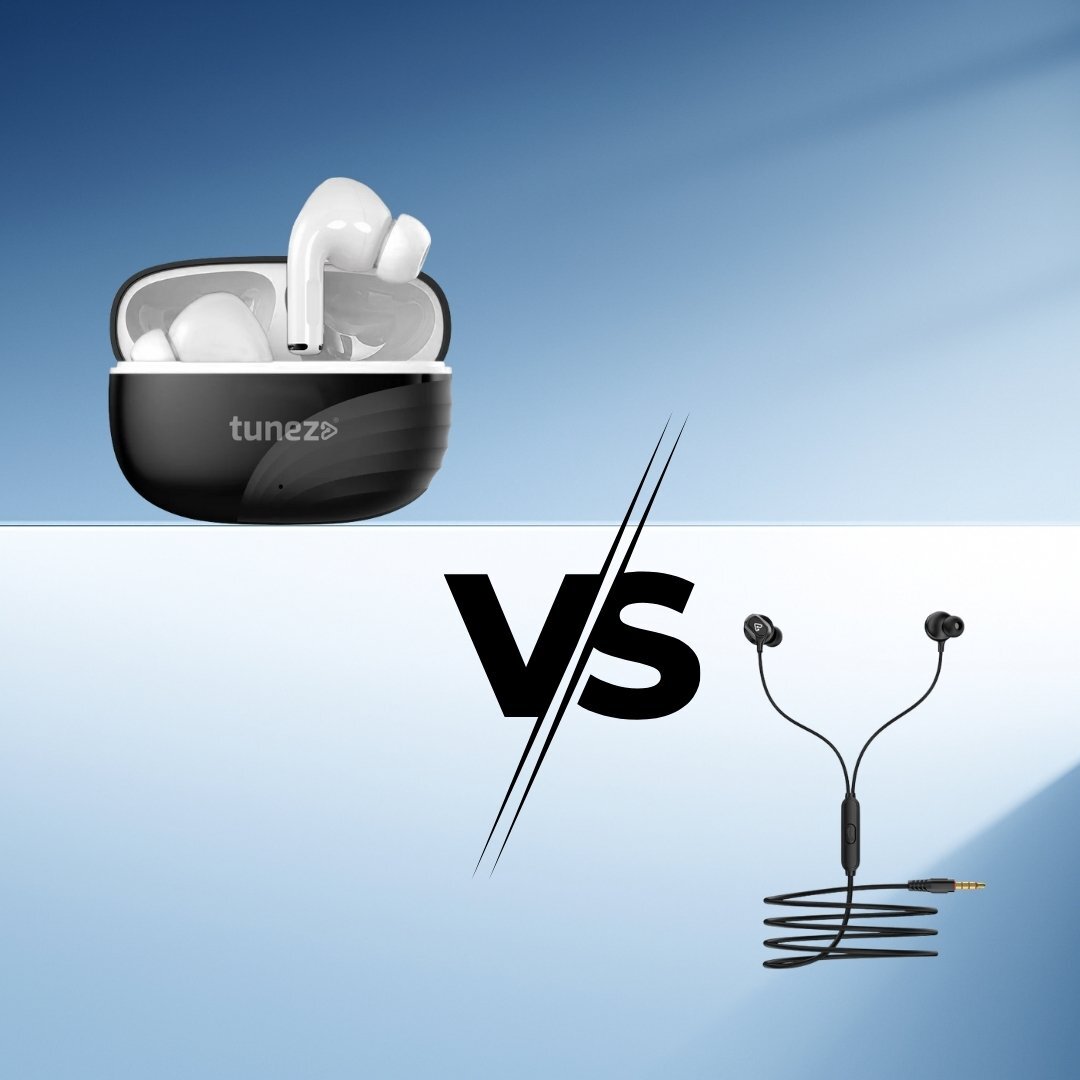Choosing the right audio device is essential for an optimal listening experience. For casual listeners and professionals alike, the choice between IEM and earphones can influence sound quality, comfort, and usability. In this guide, we explore the difference between IEM and earphones and highlight which device suits your needs best.
What Are IEMs?
IEMs, or In-Ear Monitors, are high-fidelity earphones designed to fit inside the ear canal. They create a seal that isolates sound, providing detailed audio and excellent noise reduction. Musicians, audiophiles, and sound engineers often prefer IEMs for their precision and clarity.
Key Features of IEMs
- Inserted directly into the ear canal for secure fit
- Exceptional passive noise isolation
- Multiple drivers for richer, detailed sound
- Ideal for professional use, stage monitoring, and critical listening
IEMs allow listeners to experience every detail in the music without raising volume excessively, reducing the risk of hearing damage.
What Are Earphones?
Earphones are common audio devices that rest at the entrance of the ear canal rather than inside it. They are typically more affordable and convenient, offering moderate sound quality and a lighter listening experience.
Key Features of Earphones
- Sit outside the ear canal for easy wear
- Limited noise isolation
- Single dynamic driver in most models
- Suited for casual listening, calls, and daily use
While earphones are convenient for portability, they usually cannot match IEMs in sound precision or noise isolation.
Design And Fit
The difference between IEM and earphones is most apparent in their design.
- IEMs: Fit snugly inside the ear canal, forming a seal that prevents them from falling out during movement.
- Earphones: Rest lightly at the ear entrance, making them easier to wear but less stable during activities like running or workouts.
Proper fit affects both comfort and sound performance, and many users report longer listening sessions without fatigue using IEMs.
Shop wireless neckbands designed for comfort and powerful sound that let you enjoy your favorite tracks calls and workouts with flexibility and style every day.
Sound Quality Comparison
Sound is the most significant factor when comparing IEM and earphones.
- IEMs: Often include multiple drivers, hybrid dynamic/balanced armature designs, and precise tuning. They provide detailed, high-fidelity sound with clear stereo separation.
- Earphones: Usually equipped with a single driver, which can produce muddier sound and less detailed audio.
Audiophiles and professionals often choose IEMs for critical listening, while casual users may find earphones sufficient for everyday music.
Noise Isolation And Sound Leakage
One of the most important advantages of IEMs is their ability to reduce ambient noise.
- IEMs: Excellent passive noise isolation due to the deep canal fit, making them ideal for commuting or live performances.
- Earphones: Allow more external sound to enter, which can affect listening quality and lead to sound leakage.
In noisy environments, IEMs provide a more immersive listening experience without increasing volume.
Buy true wireless earbuds that combine long battery life quick pairing and stylish design so you enjoy nonstop entertainment with no wires holding you back.
Comfort And Durability
Comfort varies depending on the device design:
- IEMs: Distribute pressure inside the ear canal rather than on the outer ear, allowing long listening sessions without discomfort.
- Earphones: Press against the outer ear, which can cause discomfort during extended use.
Durability is another consideration. IEMs are often made of robust materials designed for professional use, whereas earphones usually employ lighter materials suited for casual use.
Use Cases: When To Choose IEMs and Earphones?
Professional Audio
- IEMs: Ideal for stage monitoring and studio use
- Earphones: Not ideal for professional audio
Daily Listening
- IEMs: Provides a high-fidelity music experience
- Earphones: Suitable for casual listening and calls
Travel & Commute
- IEMs: Blocks ambient noise effectively
- Earphones: Offers moderate noise isolation
Workout
- IEMs: Stable fit for active use
- Earphones: May fall out during activity
Portability
- IEMs: Pocket-friendly
- Earphones: Lightweight and easy to carry
For those prioritizing sound quality, comfort, and durability, IEMs are the preferred choice. Earphones are better suited for quick, casual, or mobile listening sessions.
Buy wireless headphones offering deep bass long battery backup and seamless connectivity to enjoy immersive sound wherever your routine takes you every day.
Final Thoughts: IEMs or Earphones?
The difference between IEM and earphones lies in design, sound fidelity, noise isolation, comfort, and durability.
- Choose IEMs for immersive sound, secure fit, and professional or critical listening.
- Choose earphones for convenience, casual use, and lightweight portability.
Whether you are a music enthusiast, professional musician, or casual listener, understanding these differences ensures you invest in the device that best suits your needs.
Buy Bluetooth speakers that combine wireless convenience with rich sound and durable build perfect for travel parties and everyday use wherever you are.
FAQs About IEM vs Earphones
1. What is the main difference between IEM and earphones?
IEMs fit inside the ear canal for noise isolation and detail, while earphones rest outside the canal for casual listening.
2. Are IEMs better than standard earphones?
Yes, IEMs generally provide superior sound quality, noise isolation, and durability compared to earphones.
3. Can casual listeners benefit from IEMs?
Absolutely, IEMs enhance music clarity and provide a premium listening experience for everyone.
4. Are IEMs comfortable for long-term use?
Yes, IEMs distribute pressure inside the ear canal, reducing discomfort during extended listening sessions.
5. How do I maintain IEMs for longevity?
Regularly clean ear tips and avoid excessive moisture to extend the lifespan of your IEMs.
